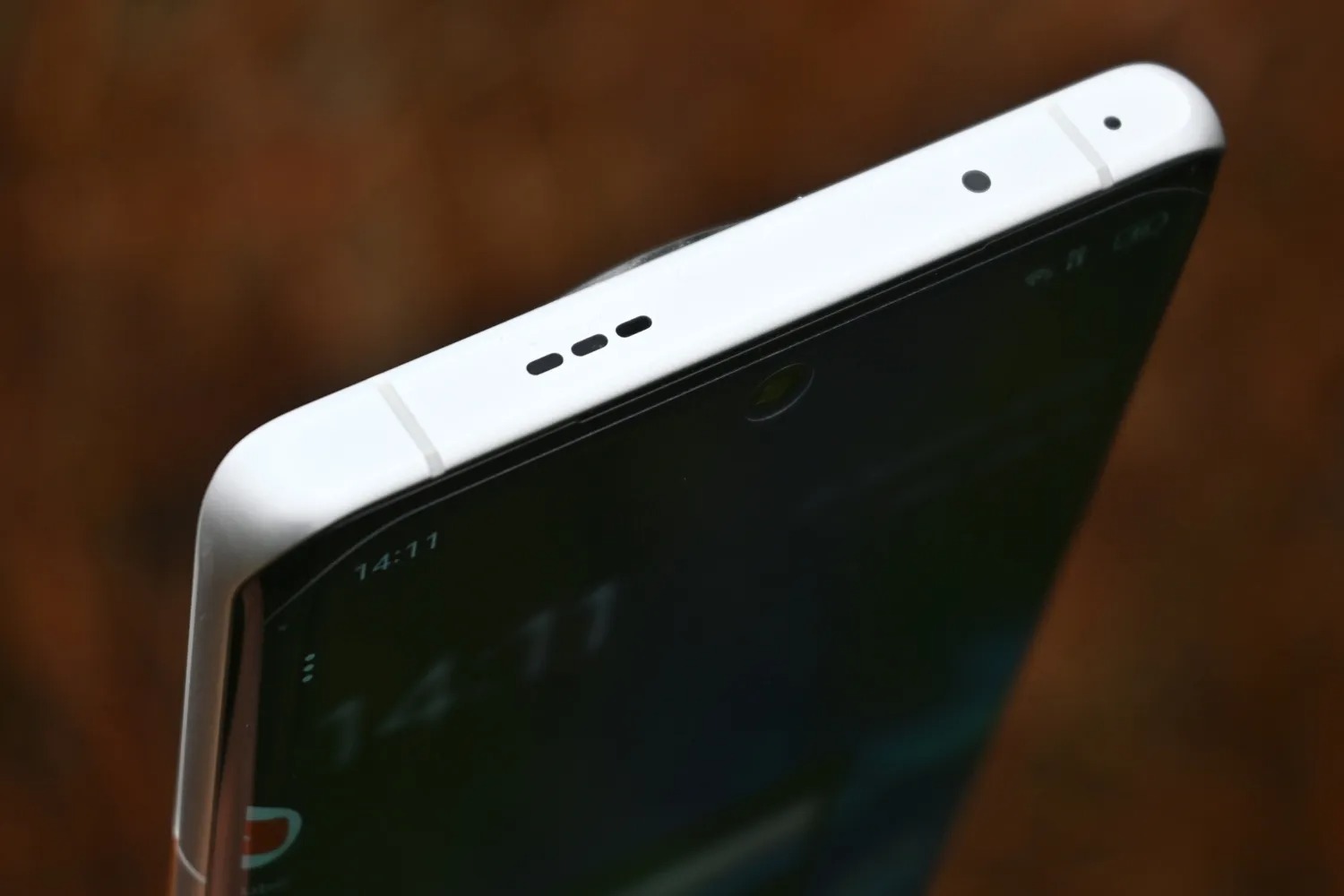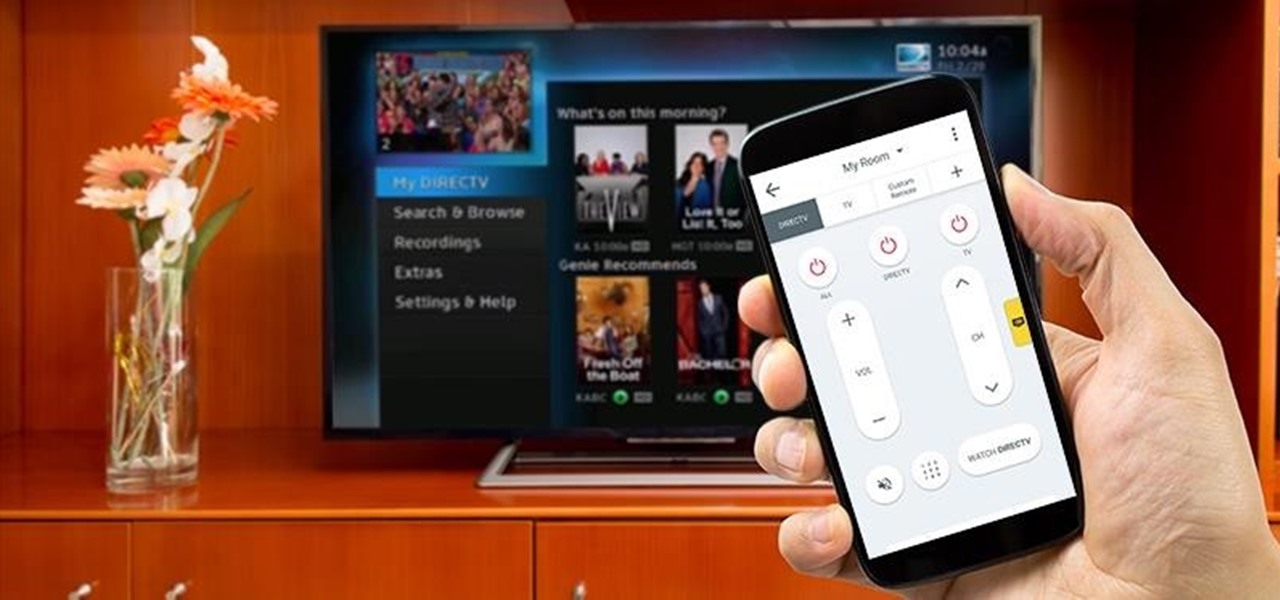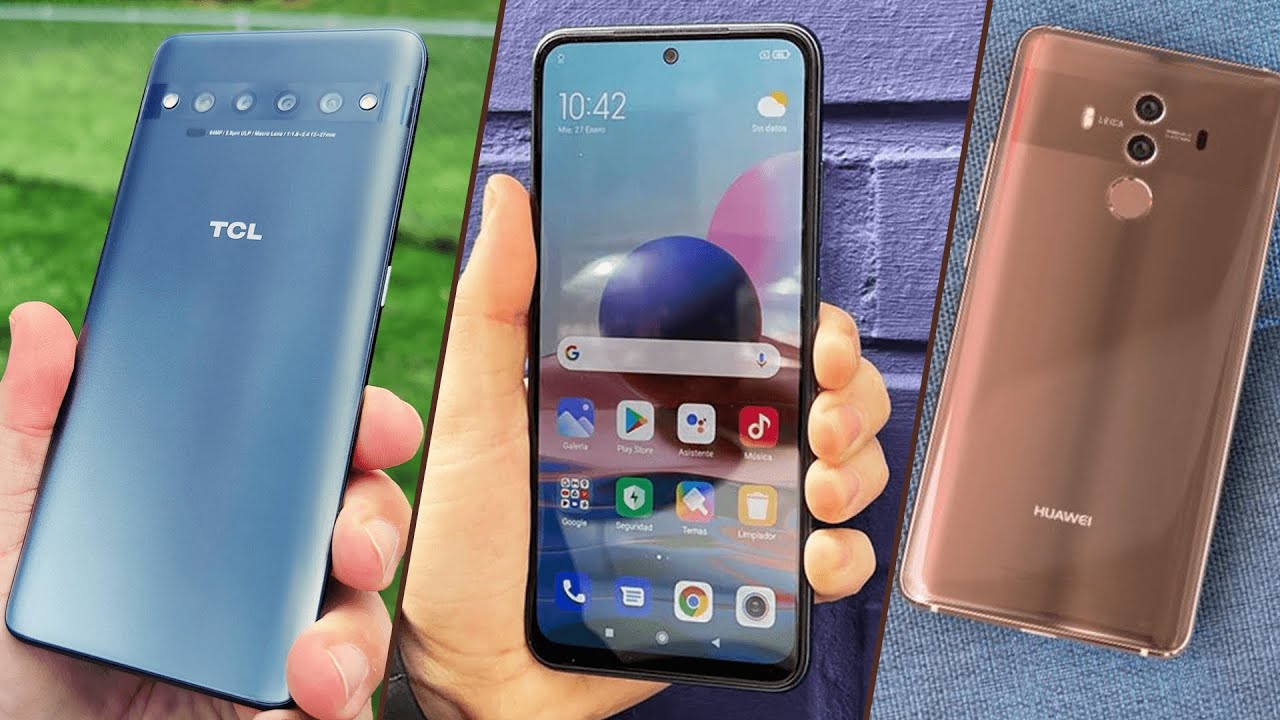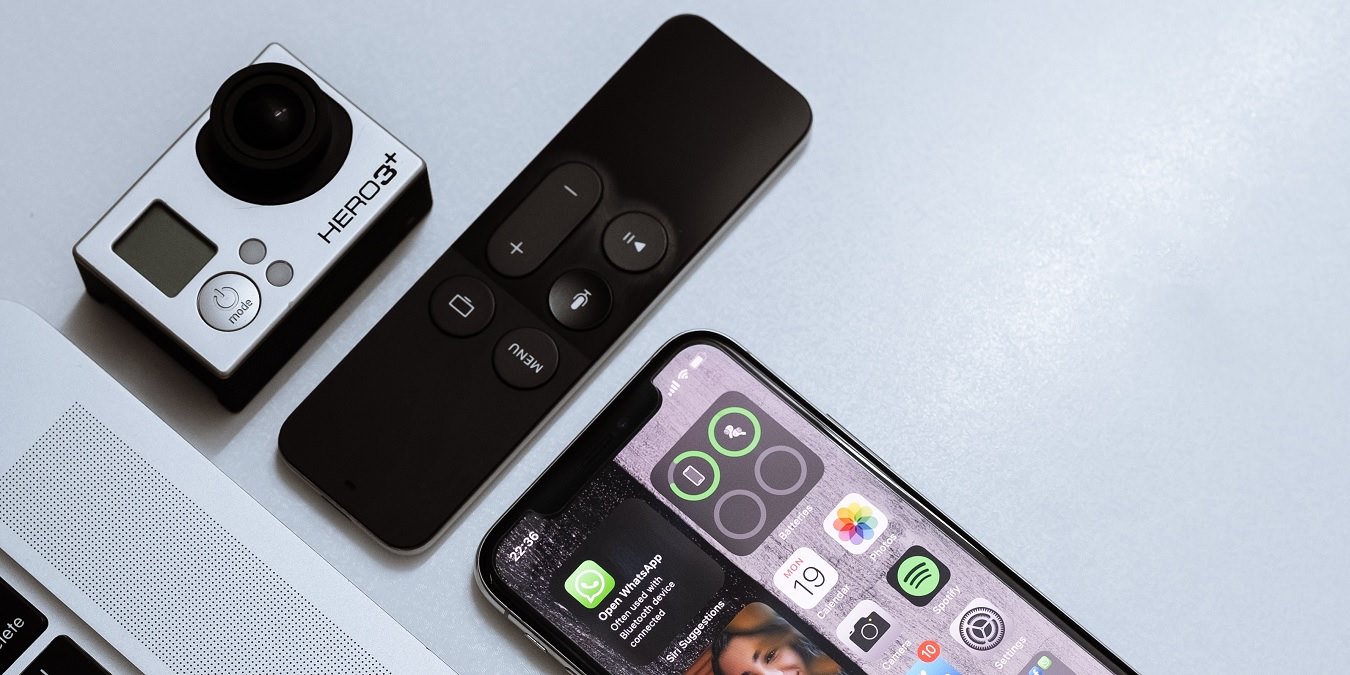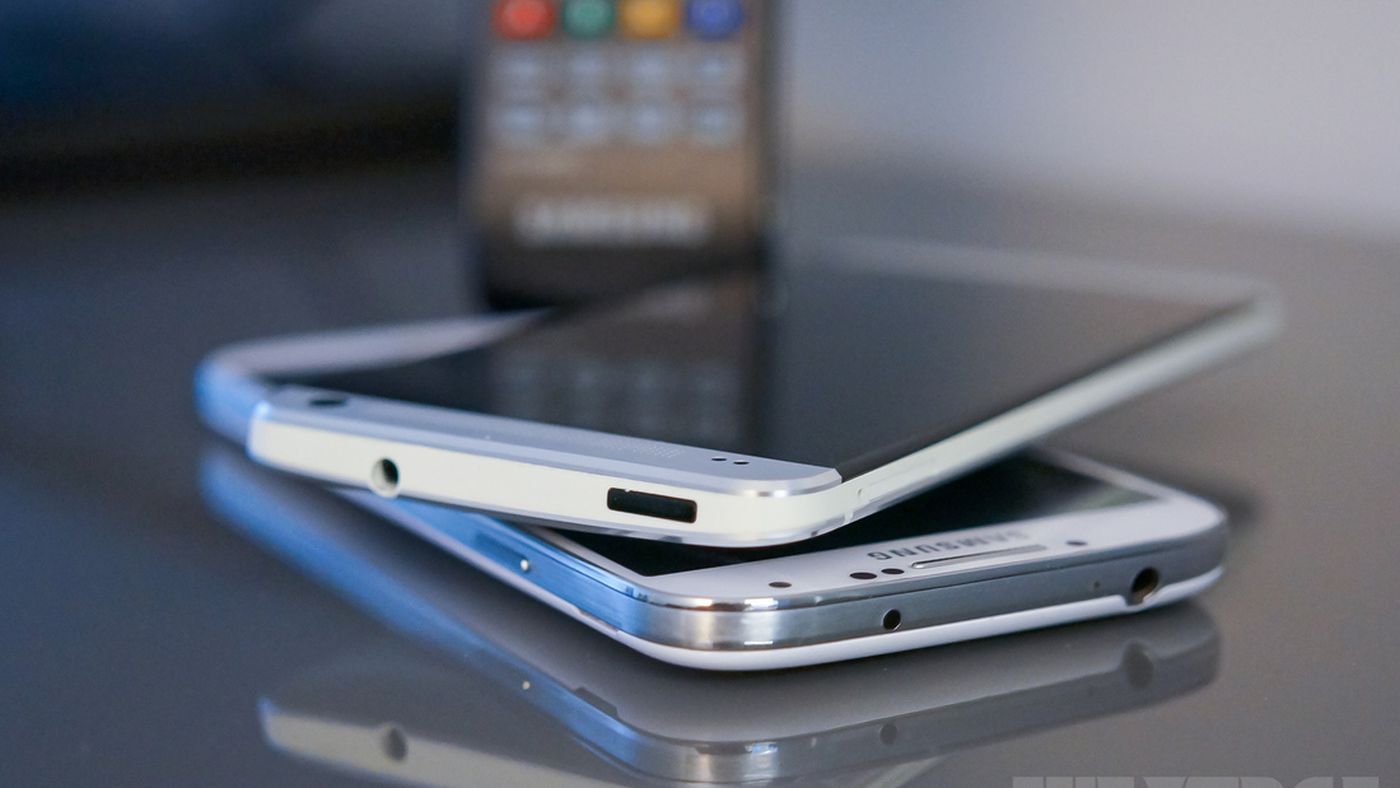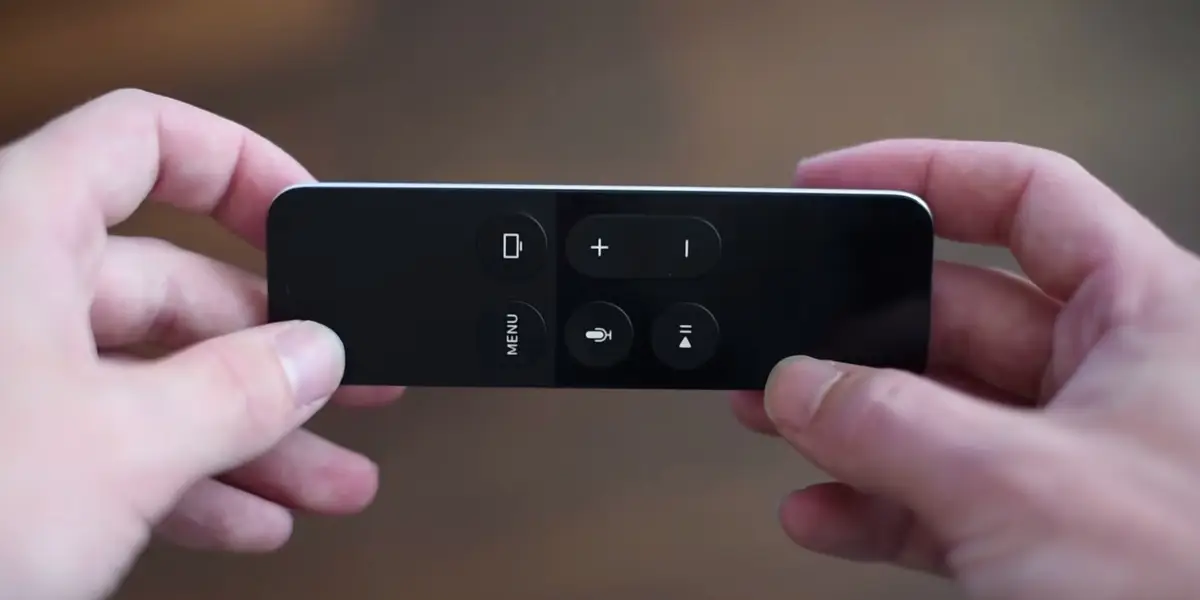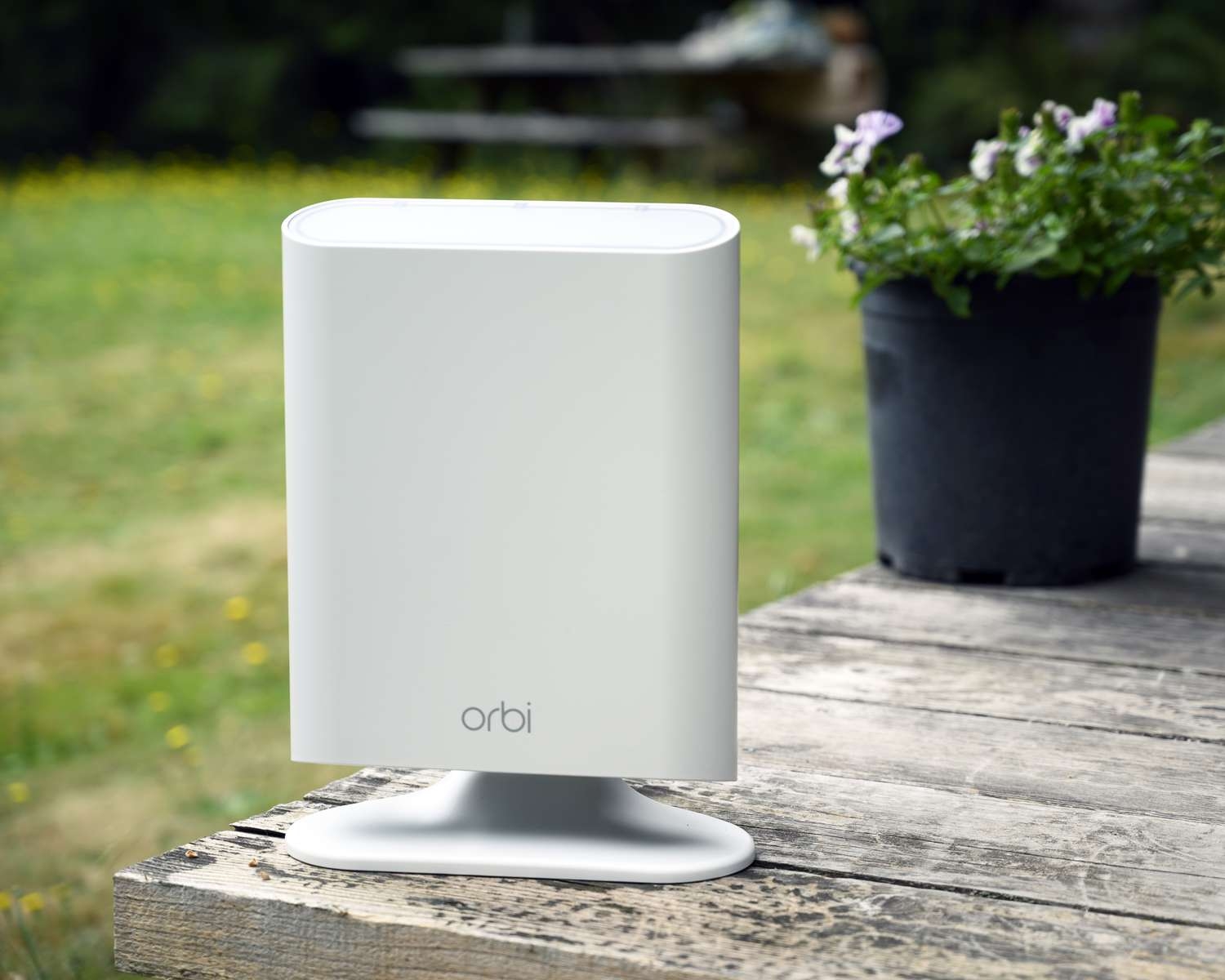Introduction
When it comes to the ever-evolving world of mobile devices, there's a feature that often goes unnoticed but holds significant potential for enhancing your daily life: the infrared (IR) blaster. This unassuming yet powerful component has the ability to transform your smartphone into a versatile remote control, capable of operating a wide range of infrared-enabled devices with just a few taps on the screen.
In this comprehensive guide, we'll delve into the fascinating realm of IR blasters, shedding light on what they are, why they're valuable, and how you can determine if your smartphone possesses this remarkable capability. Whether you're a tech enthusiast eager to explore the capabilities of your device or simply seeking a convenient way to streamline your home entertainment system, understanding the functionality of IR blasters is a valuable asset in maximizing the potential of your smartphone.
Join us as we embark on a journey to uncover the hidden potential of your mobile device and unlock the possibilities that come with harnessing the power of infrared technology. Let's dive into the world of IR blasters and discover how they can revolutionize the way you interact with your electronic devices.
What is an IR Blaster?
An infrared (IR) blaster, also known as an IR transmitter, is a feature integrated into some smartphones that enables them to emit infrared signals. These signals are akin to the ones emitted by traditional remote controls, allowing the smartphone to function as a universal remote for various infrared-enabled devices such as TVs, air conditioners, sound systems, and more.
The IR blaster essentially replicates the functionality of a physical remote control, albeit in a more convenient and versatile form. By harnessing this technology, users can effortlessly control a multitude of home entertainment and smart home devices directly from their smartphones. This not only eliminates the need to juggle multiple remotes but also offers a streamlined and intuitive way to interact with various electronics.
The IR blaster operates by emitting infrared signals that are recognized by the infrared receivers of compatible devices. When a user inputs commands on their smartphone, such as changing the channel on a TV or adjusting the temperature on an air conditioner, the IR blaster translates these commands into infrared signals and transmits them to the targeted device. This seamless process effectively transforms the smartphone into a powerful and adaptable remote control, capable of managing an array of infrared-equipped appliances and gadgets.
In essence, the IR blaster serves as a bridge between the smartphone and the myriad of IR-controlled devices in its vicinity, empowering users to consolidate their control mechanisms and simplify their interactions with household electronics. This innovative feature exemplifies the convergence of technology and convenience, offering users a novel way to interact with and manage their living spaces.
As the capabilities of smartphones continue to expand, the inclusion of an IR blaster represents a compelling integration that enhances the utility and versatility of these devices. With the ability to seamlessly communicate with a diverse range of infrared devices, the IR blaster exemplifies the adaptability and potential of modern smartphones, transforming them into multifunctional tools that extend beyond traditional communication and entertainment purposes.
Why Do You Need an IR Blaster?
The inclusion of an IR blaster in a smartphone introduces a myriad of practical benefits and conveniences, making it a valuable feature for users across various lifestyles. By seamlessly integrating the functionality of a universal remote control into a compact and ubiquitous device like a smartphone, the IR blaster offers a host of compelling reasons for its inclusion in your tech arsenal.
First and foremost, the IR blaster eliminates the need to juggle multiple remote controls for different devices, providing a consolidated and streamlined solution for managing various electronics. Whether it's controlling the TV, adjusting the air conditioner settings, or managing the sound system, the IR blaster empowers users to centralize their control mechanisms, simplifying the overall user experience and reducing clutter in the living space.
Additionally, the convenience of having an IR blaster at your fingertips cannot be overstated. Imagine effortlessly adjusting the volume on your sound system while lounging on the couch, or swiftly changing channels on the TV without having to locate the physical remote. With the IR blaster, these tasks become seamless and intuitive, enhancing the overall comfort and ease of interacting with home entertainment systems and smart devices.
Moreover, the IR blaster extends the capabilities of your smartphone beyond traditional communication and entertainment functions, transforming it into a versatile tool for managing your living environment. Whether you're hosting a movie night, fine-tuning the ambiance with smart lighting, or simply seeking a more efficient way to interact with your electronic devices, the IR blaster equips your smartphone with the power to seamlessly control a diverse array of infrared-enabled appliances and gadgets.
Furthermore, the integration of an IR blaster aligns with the trend of smart home technology, offering users a convenient and centralized means of interacting with their interconnected devices. By leveraging the IR blaster, users can effortlessly integrate their smartphones into their smart home ecosystems, enhancing the cohesiveness and accessibility of their home automation setups.
In essence, the IR blaster represents a valuable addition to smartphones, enriching the user experience by simplifying device control, enhancing convenience, and extending the functionality of the device beyond conventional boundaries. Its seamless integration into the smartphone ecosystem underscores its relevance in modern tech landscapes, offering users a compelling reason to seek out this feature when considering their next smartphone purchase.
How to Check If Your Phone Has an IR Blaster
Determining whether your smartphone is equipped with an IR blaster is a straightforward process that can be accomplished through various methods. Here's a comprehensive guide to help you ascertain the presence of this valuable feature on your device:
1. Consult the Manufacturer's Specifications:
Begin by referring to the official specifications provided by the smartphone manufacturer. These details are typically available on the manufacturer's website or within the product documentation. Look for specific mentions of an IR blaster or infrared transmitter in the list of features and technical specifications for your device.
2. Conduct an Online Search:
In cases where the official specifications are not readily accessible, conducting a quick online search using the model name of your smartphone can yield valuable insights. Look for reputable sources such as the manufacturer's website, tech review websites, or user forums where discussions about the presence of an IR blaster on your specific device may be available.
3. Utilize Third-Party Apps:
There are specialized apps available on app stores that can help determine the presence of an IR blaster on your smartphone. These apps typically utilize the device's hardware capabilities to detect and identify the presence of an IR blaster. Simply search for "IR blaster detector" or similar keywords in the app store and select a well-reviewed app for this purpose.
4. Physical Inspection:
If you prefer a hands-on approach, visually inspect your smartphone for the presence of an IR blaster. The location of the IR blaster may vary depending on the device model, but it is commonly found near the top or upper edge of the smartphone. It is typically a small, circular or rectangular component that resembles a secondary microphone or sensor.
5. Check the User Manual:
If you have retained the user manual or have access to the digital version provided by the manufacturer, refer to the documentation for specific details about the presence of an IR blaster. The user manual often includes a comprehensive list of features and hardware components, making it a reliable source for confirming the existence of an IR blaster on your smartphone.
By employing these methods, you can effectively determine whether your smartphone is equipped with an IR blaster, enabling you to leverage the full potential of this versatile feature for controlling a wide array of infrared-enabled devices with ease and convenience.
Alternative Methods for Controlling Infrared Devices
In situations where your smartphone does not feature an integrated IR blaster, or if you simply prefer alternative methods for controlling infrared devices, several viable options are available to cater to your needs. These solutions encompass a range of approaches, each offering unique advantages and compatibility with diverse devices.
1. External IR Blaster Accessories:
For smartphones lacking a built-in IR blaster, external IR blaster accessories provide a practical solution. These compact and portable devices are designed to be plugged into the smartphone's audio jack or connected wirelessly via Bluetooth. By utilizing these accessories, users can effectively equip their smartphones with IR blaster capabilities, enabling seamless control of infrared devices.
2. Smart Home Hubs and Controllers:
In the realm of smart home technology, dedicated smart home hubs and controllers offer an advanced and centralized approach to managing infrared devices. These devices serve as command centers for various smart home appliances, including those utilizing infrared technology. By integrating your smartphone with a compatible smart home hub, you can gain comprehensive control over a wide array of infrared devices, leveraging the power of automation and centralized management.
3. Universal Remote Control Apps:
Numerous universal remote control apps available on app stores provide an alternative means of controlling infrared devices using your smartphone. These apps utilize Wi-Fi or Bluetooth connectivity to communicate with intermediary devices that emit infrared signals, effectively transforming your smartphone into a versatile remote control. By leveraging these apps, users can enjoy the convenience of managing their infrared devices from a single interface, eliminating the need for multiple physical remote controls.
4. Infrared Transmitter Dongles:
Similar to external IR blaster accessories, infrared transmitter dongles offer a compact and portable solution for enabling IR control with smartphones lacking built-in IR blasters. These dongles, often equipped with a 3.5mm audio jack or wireless connectivity, serve as intermediary devices that facilitate the transmission of infrared signals from the smartphone to the targeted devices. This approach provides a cost-effective and versatile method for extending IR control capabilities to a broader range of smartphones.
By exploring these alternative methods for controlling infrared devices, users can adapt to diverse technological landscapes and cater to their specific device control needs. Whether it involves leveraging external accessories, integrating with smart home ecosystems, or utilizing specialized apps, these solutions offer a flexible and accessible approach to managing infrared-enabled appliances and gadgets, ensuring a seamless and efficient user experience.







